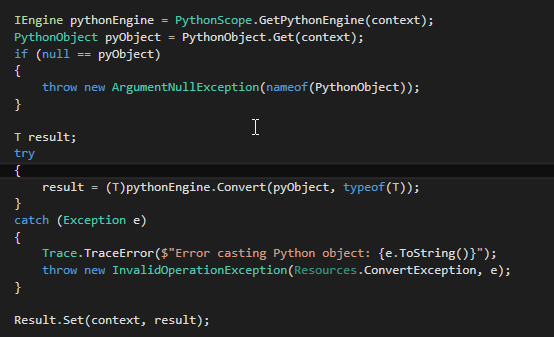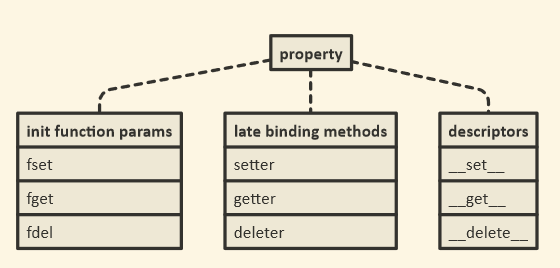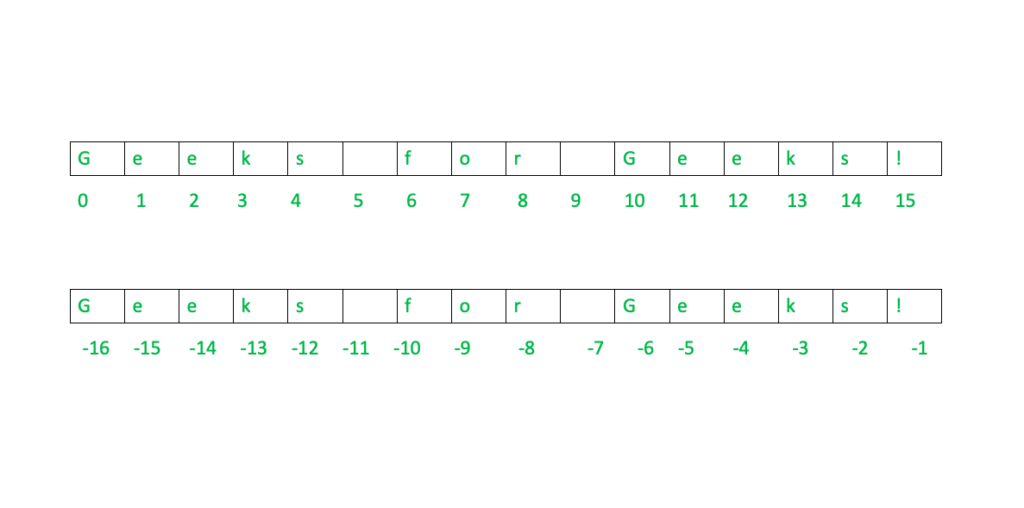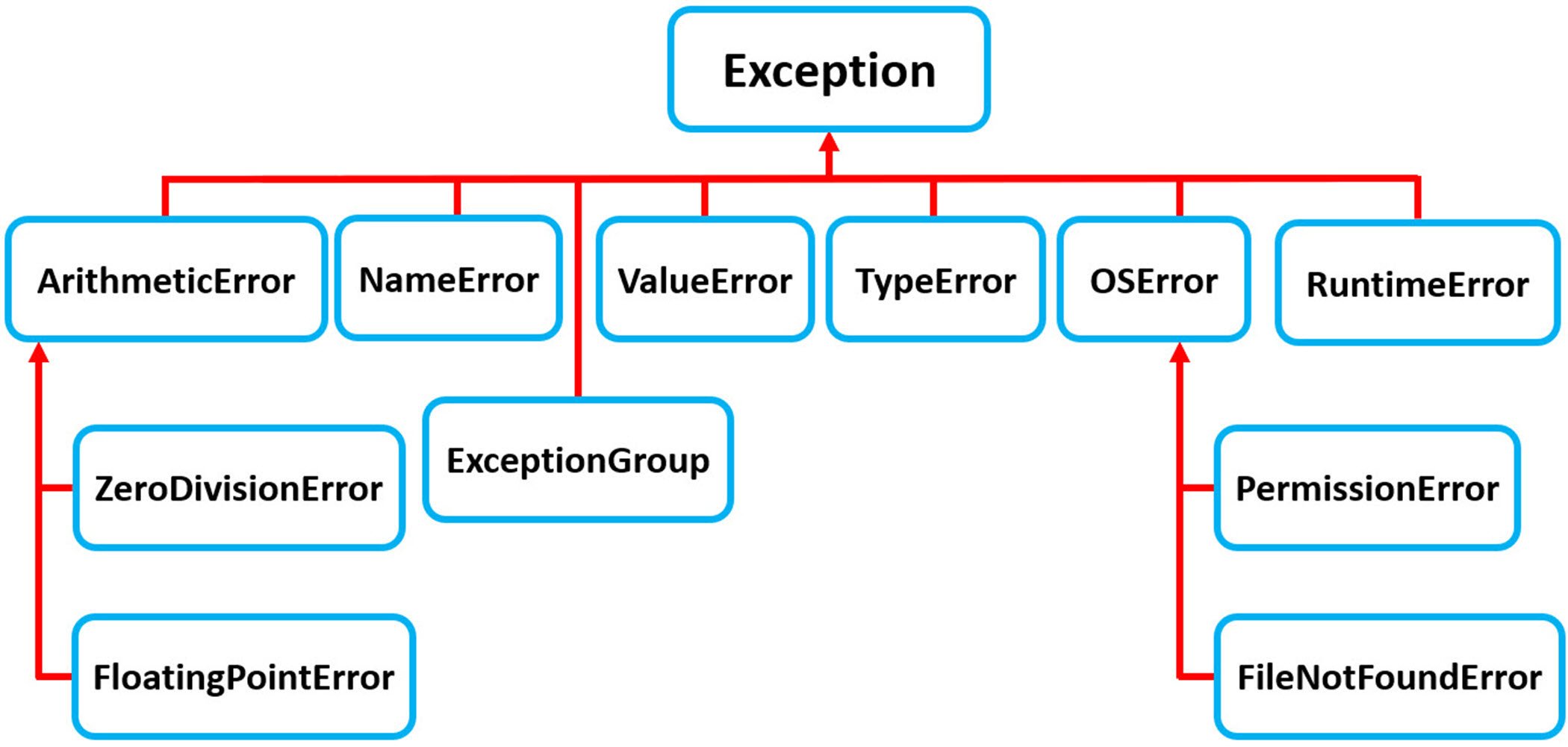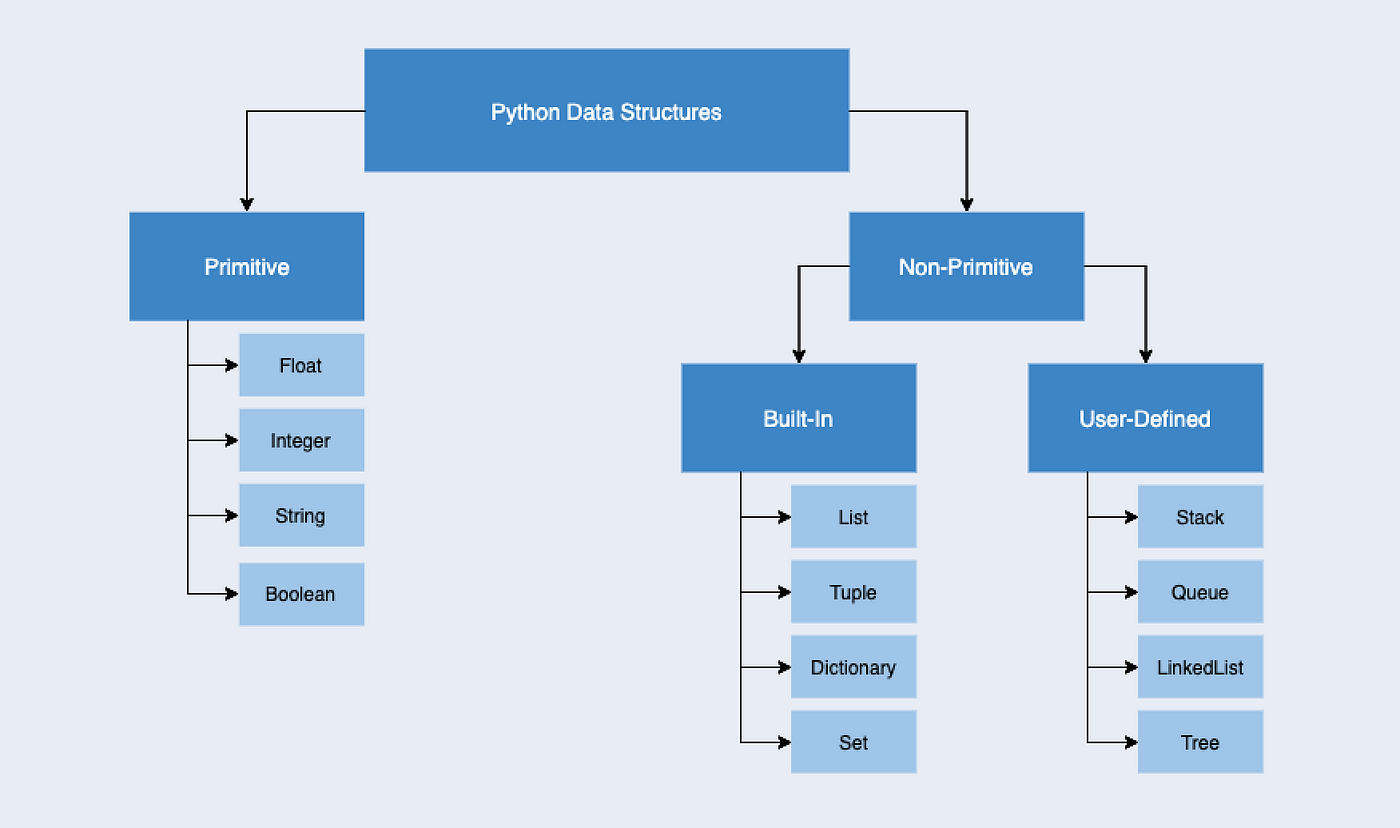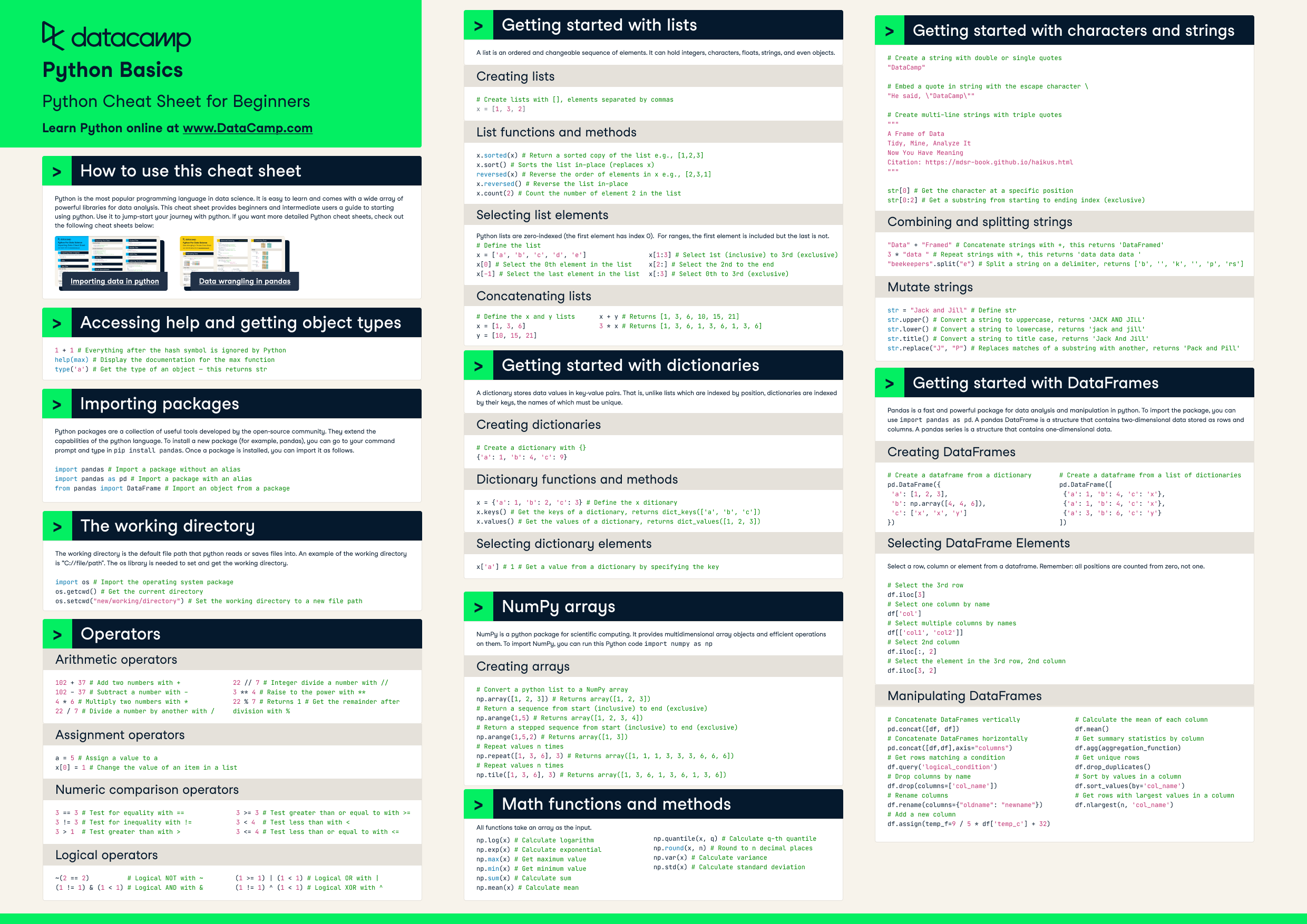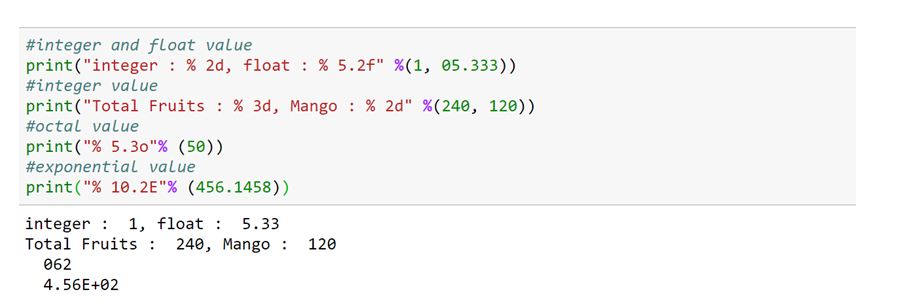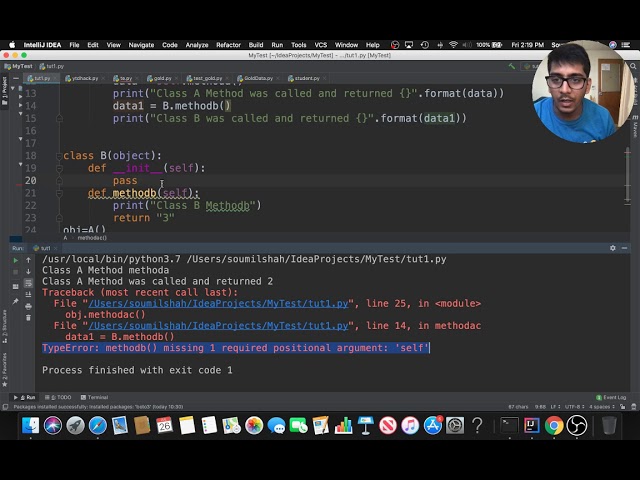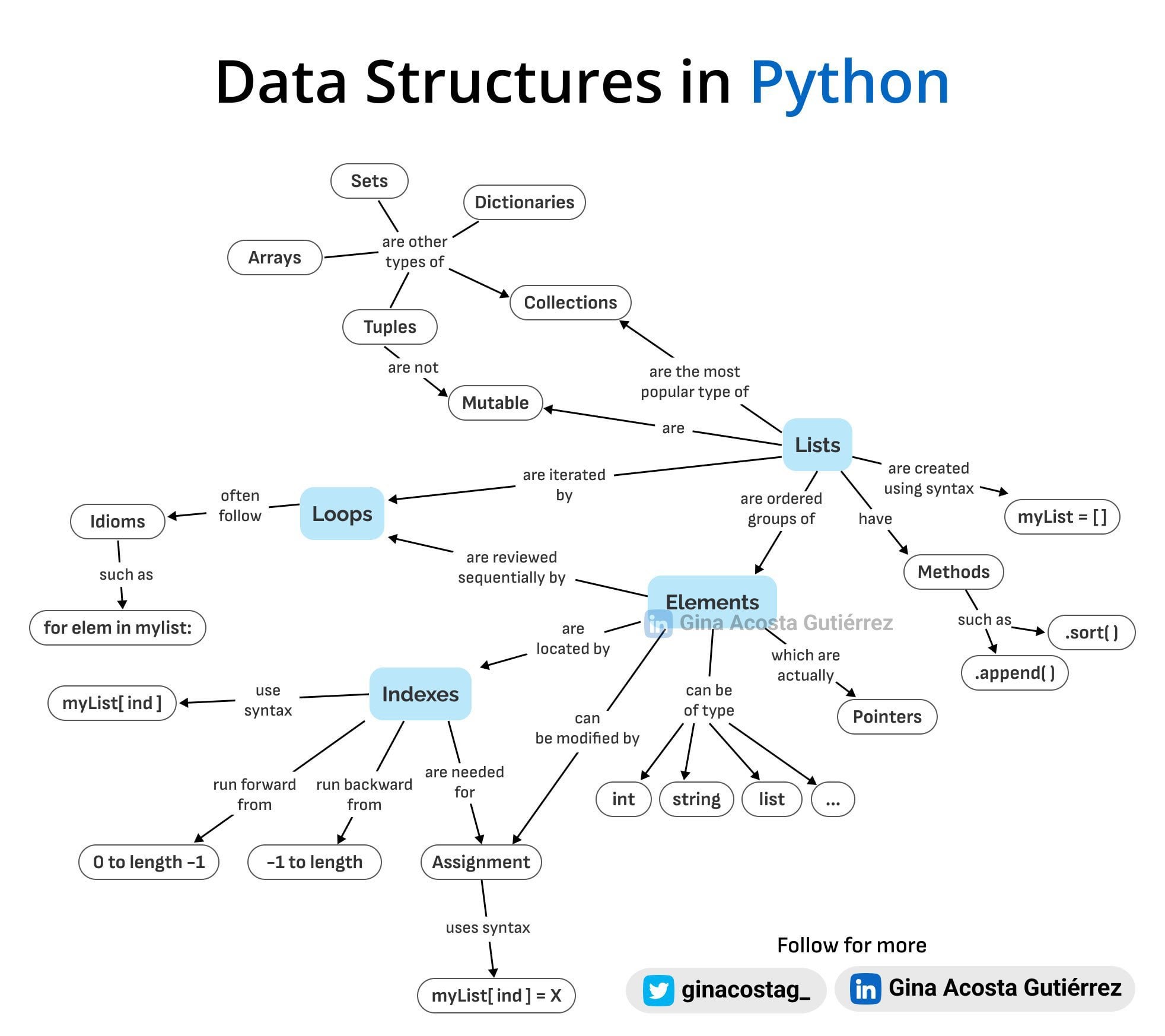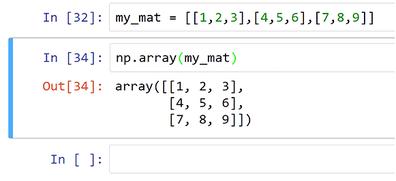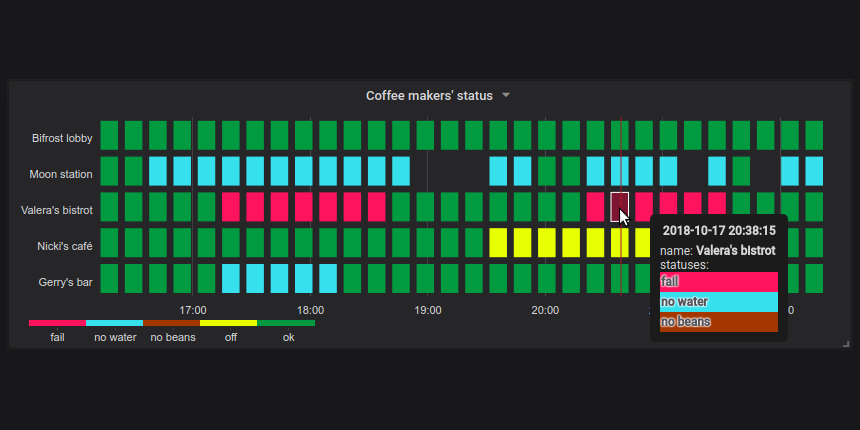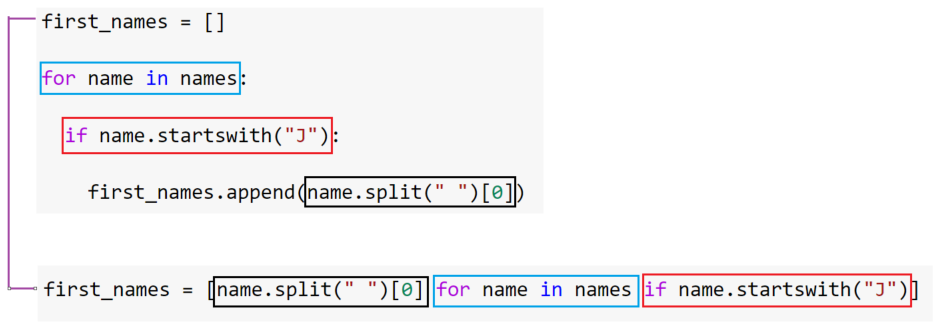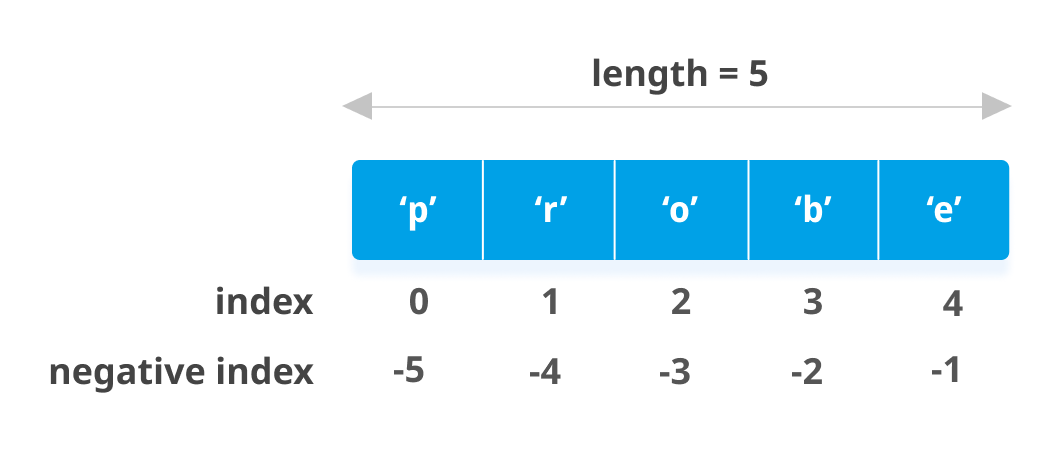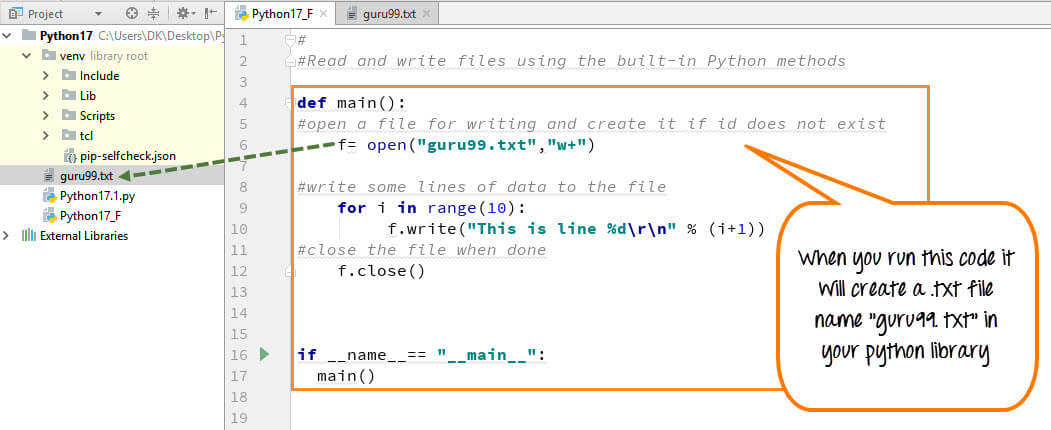How to get all modules in Python?
How to get all modules in Python?
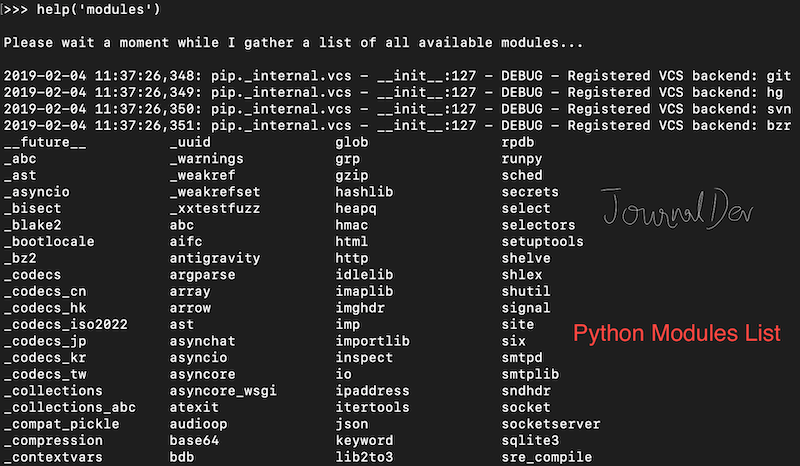
I apologize for the confusion earlier! Here's a detailed guide on how to import and use various modules in Python:
What are modules?
In Python, a module is a file that contains related functions or classes. Modules are used to organize your code and reuse it across different parts of your program. You can think of them as libraries that provide specific functionality.
How to get all modules in Python?
To use a module in Python, you need to import it. Here are the steps:
Standard Library Modules: The Python Standard Library comes with many built-in modules that you can use without installing anything else. These modules are included with your Python installation and are available as soon as you start using Python. Some examples include:math (for mathematical functions) statistics (for statistical calculations) time (for working with dates and times) Third-Party Modules: The Python Package Index (PyPI) is a repository of open-source packages that you can install using the pip package manager. You can find thousands of modules on PyPI, including popular ones like: numpy (for numerical computing) pandas (for data manipulation and analysis) scikit-learn (for machine learning) Local Modules: If you've written your own code in a separate file, you can import it into another Python script using the import statement.
How to Import Modules
To use a module in your Python program, you need to import it. Here are some ways to do that:
Import Specific Functions or Classes: You can import specific functions or classes from a module:from math import sin, cos Import Entire Module: You can import the entire module: import math Import Alias: You can give an alias to a module when you import it: import numpy as np
Tips and Tricks
Always use theimport statement instead of copying and pasting code. Use from x import y to avoid polluting your namespace with unnecessary names. Keep your modules organized in separate folders for easy management.
By following these steps, you'll be able to access a vast array of modules that Python has to offer. Happy coding!
User-defined modules in Python
User-Defined Modules in Python
In Python, a module is a file that contains a collection of related functions, classes, and variables. A user-defined module, also known as a custom module or personal module, is one that you create yourself to organize your code and make it reusable.
Why Use User-Defined Modules?
Code Organization: Break down large programs into smaller, more manageable pieces by grouping related functions and classes into separate modules. Code Reuseability: Define common functions or classes once in a module and use them throughout your program without having to rewrite the same code multiple times. Improved Readability: By separating functionality into distinct modules, your code becomes easier to understand and maintain.Creating a User-Defined Module
Module Name: Choose a unique name for your module (e.g.,my_util_module.py). Module Structure: Organize your code using classes, functions, or variables. Module Import: In another Python file, import the user-defined module using the import statement:
import my_util_module
or:
from my_util_module import specific_function
Example: A User-Defined Module for Utility Functions
Suppose you want to create a module with some utility functions that can be used throughout your program. Here's an example:
my_util_module.py (the module file):
# Define a function to convert Celsius to Fahrenheitdef celsius_to_fahrenheit(celsius):
return (celsius * 9/5) + 32
Define a function to calculate the area of a rectangledef rectangle_area(length, width):
return length * width
Define a class for calculating statisticsclass Statistics:
def init(self, data):
self.data = data
def mean(self):
return sum(self.data) / len(self.data)
Now you can import this module in another Python file and use its functions or classes:
import my_util_module Use the celsius_to_fahrenheit functiontemperature_celsius = 25
temperature_fahrenheit = my_util_module.celsius_to_fahrenheit(temperature_celsius)
print(f"{temperature_celsius}°C is equivalent to {temperature_fahrenheit}°F")
Use the rectangle_area functionlength, width = 4, 3
area = my_util_module.rectangle_area(length, width)
print(f"The area of a rectangle with length {length} and width {width} is {area} square units")
Create an instance of the Statistics classdata = [1, 2, 3, 4, 5]
stats = my_util_module.Statistics(data)
Calculate the mean using the mean methodmean_value = stats.mean()
print(f"The mean of the data set is {mean_value}")
In this example, we've created a user-defined module my_util_module with three components: a function to convert Celsius to Fahrenheit, a function to calculate the area of a rectangle, and a class for calculating statistics. We then imported this module in another Python file and used its functions and classes.
Conclusion
User-defined modules are an essential part of Python programming, enabling you to organize your code into reusable and maintainable components. By creating custom modules, you can simplify your codebase, improve readability, and make it easier to reuse functionality throughout your program.
